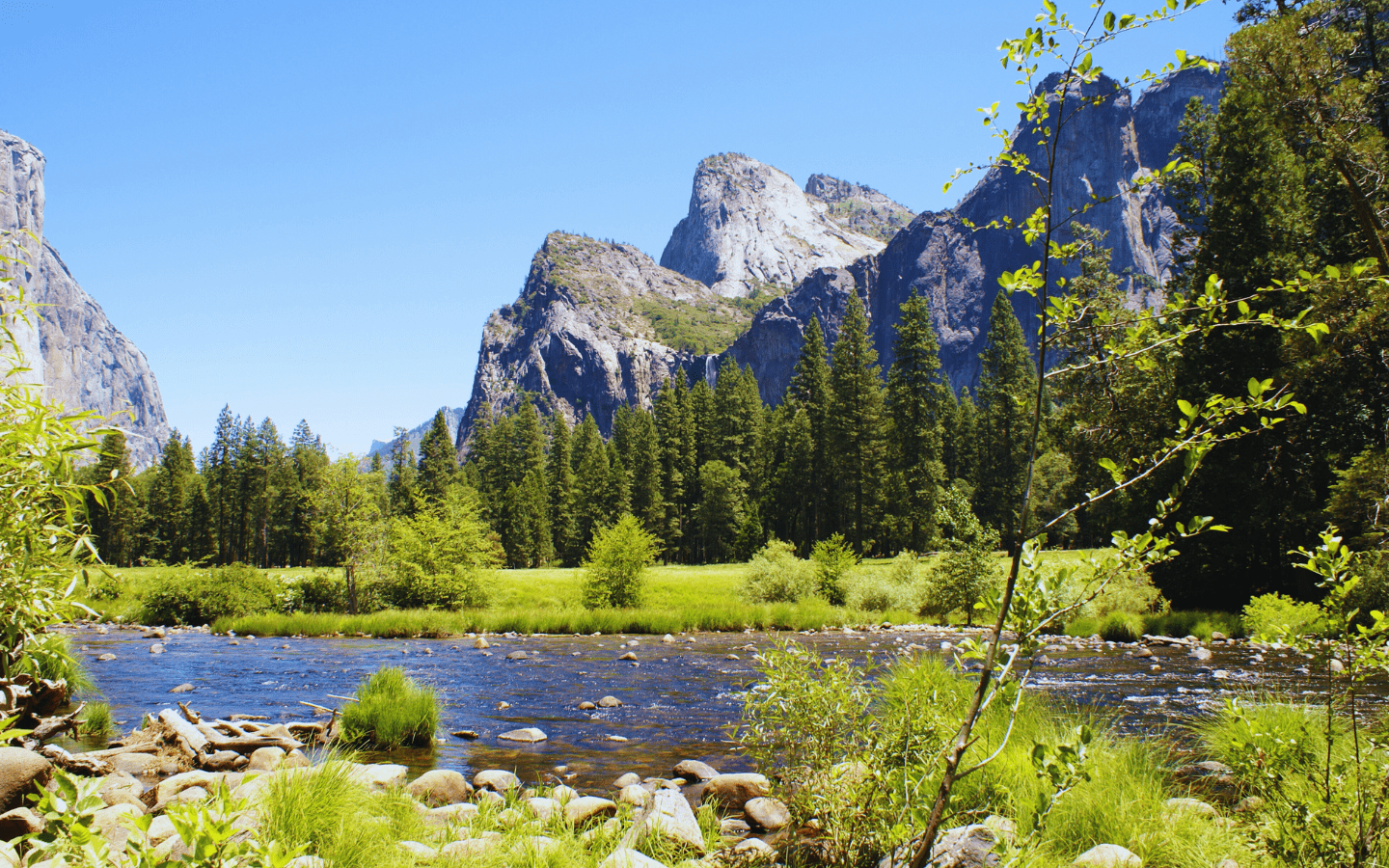Our planet is a mosaic of diverse environments, each hosting a unique array of life forms. These environments, termed biomes, are defined by their climate, vegetation, and animal life and are extremely important in maintaining the balance of Earth’s ecosystems. Understandings of biomes are important for people to appreciate life’s richness on our planet and to realize the importance of natural landscapes conservation.
What is a Biome?
A biome is a broad area with related climatic conditions and defined plant communities and animal populations. Biomes are major regional ecological communities of plants and animals that are adapted to the temperature, precipitation, and seasonal patterns of an environment. Where ecosystems refer to interacting organisms and their environment in one place, biomes are much broader categories describing multiple ecosystems within one region.
Biomes are usually classified into two main categories, that is, terrestrial, which are land-based biomes, and aquatic, which includes biomes that are water-based. Terrestrial biomes would include forests, deserts, tundras, grasslands, and savannas. While aquatic biomes would include freshwater such as rivers and lakes. And also marine environments such as oceans and coral reefs.
Major Terrestrial Biomes
Tropical Rainforests: Located near the equator, tropical rainforests are characterized by high temperatures and a lot of rainfall throughout the year. These biomes contain a high level of biodiversity, with the number of organisms greater than that of any other terrestrial biome, due to the thick canopy formed by tree crowns and rich undergrowth, which offers a very broad range of habitats for different organisms, such as insects, birds, and big mammals like jaguars and orangutans.
Deserts: These are areas that get minimal rainfall; there is a sudden change in temperature. Due to the extreme conditions, vegetation is limited; some specially adapted plants and animals can also be found in deserts, like cacti storing water in their stems, and animals like camels and reptiles with a large tolerance for heat and lack of water.
Tundras: The tundra biome is cold and treeless and generally limited in area to the Arctic and Antarctic Circles, including high-altitude mountains. There are short growing seasons with most vegetation limited to mosses, lichens, and low-growing shrubs; examples of animals that have adaptations for survival in the harsh, cold environment of the tundra include caribou, arctic foxes, and snowy owls.
Temperate forests consist of biomes that happen in areas with seasonal changes; these are moderately temperatures, and the rainfall is plenty. These biomes are dominated by trees that are always deciduous. Examples include oaks, maples, and beeches, which during fall lose their leaves. These forests are habitats for a number of animals such as deer, bears, and birds of different species.
Grasslands: It is otherwise named prairies or savannas. Grasslands are the open areas where there is a dominance of grass with fewer trees. They are found in regions that have moderate rainfall; they may be areas with lots of rain to elapse grasses but not enough to support big forests. The grasslands host graze animals like bison and antelope, as well as predators such as lions and wolves.
Aquatic Biomes
Freshwater Biomes: These include rivers, lakes, ponds, and wetlands. These are relevant in sustaining both aquatic life and terrestrial life, since they house species such as fish, amphibians, and varied plant life. Equally important in human survival, freshwater biomes provide drinking water, irrigation, and hydroelectric power.
Marine Biomes: These are the largest of all biomes and include more than 70% of the Earth’s surface. Examples of marine biomes include oceans, coral reefs, and estuaries. All sizes of life are supported, from tiny plankton to the largest animals on Earth, such as whales. Coral reefs-often called the “rainforests of the sea”-have a high degree of biodiversity and are very important to the health of the ocean ecosystem.
Biomes are, for a fact, crucial in ensuring the continuity of ecological balance and life on Earth. Biomes bring regulation of the climate of Earth, contribute to the water cycle, and provide habitations for a wide array of species. Each biome has a particular contribution to make in the global ecosystem; each loss or degradation will be felt throughout.
For example, tropical rainforests greatly contribute to the sequestration of carbon, thereby reducing the impacts of climate change. Conversely, deforestation contributes to higher levels of carbon dioxide in the atmosphere, enhancing global warming. Similarly, melting Arctic tundra due to climate change is releasing previously stored methane, a potent greenhouse gas that further hastens climate change.
Threats to Biomes
Human activities pose a significant threat to all types of biomes around the world. Major threats include deforestation, pollution, overfishing, and climate change. When these biomes are altered or destroyed, the species that inhabit them become threatened or extinct, and important ecosystem services are compromised.
The execution of conservation processes is a must in the protection of biomes so that life on Earth can continue to survive. It will involve the establishment of protected areas, the management of land and water to make the resources available for use in a sustainable manner, and the solving of root causes of climate change.
Conclusion
The biome is an essential part of the natural environment that can be found on Earth in great variation and ecological importance. Knowledge about the different ecosystems and protection for them is key to the good health of our planet and, in fact, all living organisms. This awareness of the importance of biomes, coupled with steps taken in conserving them, goes a long way toward ensuring a secure future for future generations.







